For the red variety Gamay, paradise sits a little way north of the French capital of gastronomy. The region’s varied terroirs (Particularly on Mount Brouilly) accommodate varieties for still reds and whites as well as bubbly, such as Cremant. Often overlooked in the past, Beaujolais is beginning to draw more and more attention, and with good reason…
I – The Beaujolais, 3rd river of Lyon through the ages
Since roman times, and through to the middle ages, the romans have been attracted to the Beaujolais. During the 17th century, the region’s wines acquired their first patents of nobility and then Lyon began claiming its local produce. The Bourgeoisie and the Canuts (The famous silk workers of Lyon) took hold of the region and started referring to it as the Beaujolais. Eventually, this name and reputation reached Paris and sank in. With time, Lyon’s typical Bouchon (a type of restaurant) became the regions celebrity ambassadors, creating awareness for the regional wines they served and still promote today. These hallmarks of savoir vivre and savoir faire (mastering respectively lifestyle and quality) are tightly linked with the Beaujolais. (check out our article about Gastronomy in Lyon).
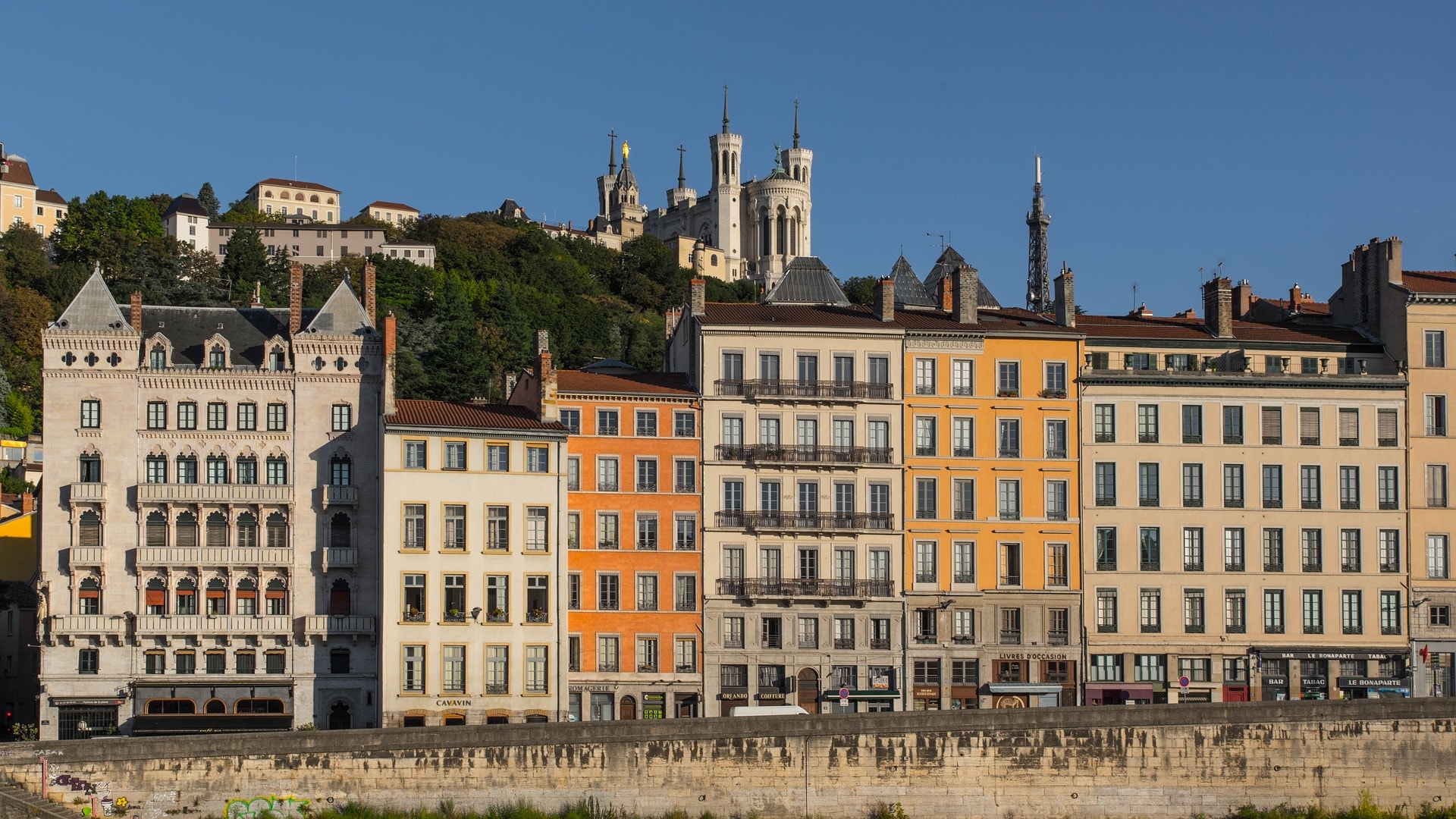
Although the region may have suffered from a notorious reputation in the past, it is important to note that before World War 2, some Beaujolais wines were valued at the same prices as Burgundy’s grand crus. Beaujolais’s popularity then was miles away from what it would become in the 70s. As the years went by, its wine was increasingly perceived as easy drinking wine – which isn’t necessarily a bad thing – rather than the fruit of an emerging and promising region. The high yield certainly didn’t help, and neither did the Beaujolais Nouveau (“new” Beaujolais) movement, despite its initial goal. Following its bumpy ride through the end of the 20th century, the Beaujolais is recovering its former glory. The region shines through its unique culture and its authenticity remains thank to the Bistrots du Beaujolais.
II – The Beaujolais Nouveau, a worldwide success despite mixed results
There are over 90 countries in which you may have heard about this very international celebration of wine. Although it is often discredited, it remains the only event gathering wine lovers from so many countries on the same day to celebrate wine coming out of its tanks. The general idea of course is to have a good time, but it is also an opportunity to reveal a wine’s potential with age. The Beaujolais nouveaux are not known for their fine qualities, although some are carefully crafted wines. If you’re not enthralled by Beaujolais nouveau, you may choose to try the crus from the previous year!
A key event of this celebration takes place very year on the third Wednesday of the month. This event called the Sarmentelles, beginning with the breaking open of the wine barrels at midnight, carries on until Sunday in the region. The Beaujolais nouveau and the perforation of the barrels take place every year on the Place des Terreaux (except for 2018).
The mixed feelings about the influence of this celebration on the Beaujolais’ reputation reflect the reservations of certain winemakers. Indeed, much of the region’s wine is now commonly associated with the nouveau wine. Quite a shame given all the Beaujolais has to offer, particularly its 10 crus and its new generation of winemakers standing up for the region’s potential.
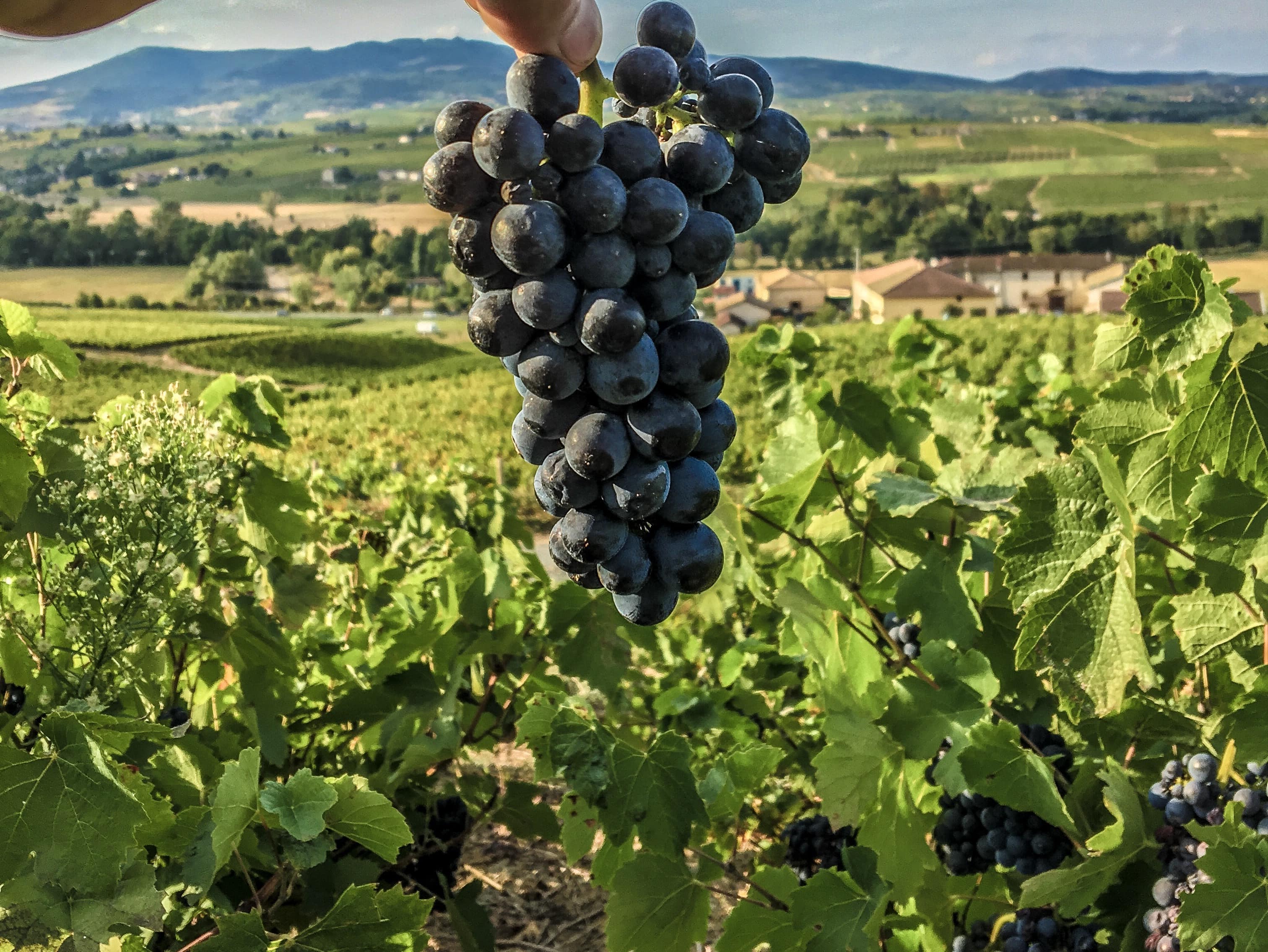
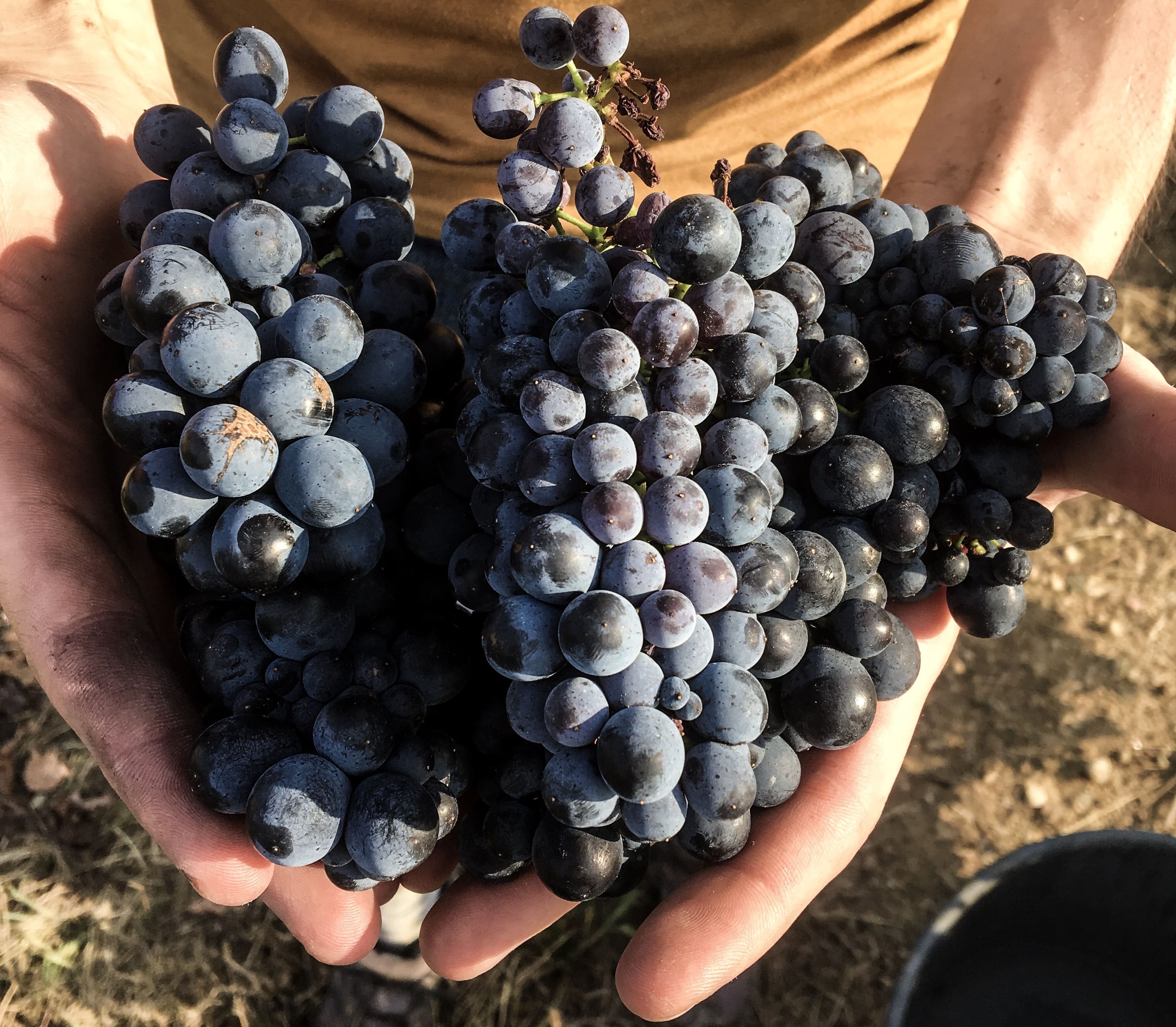
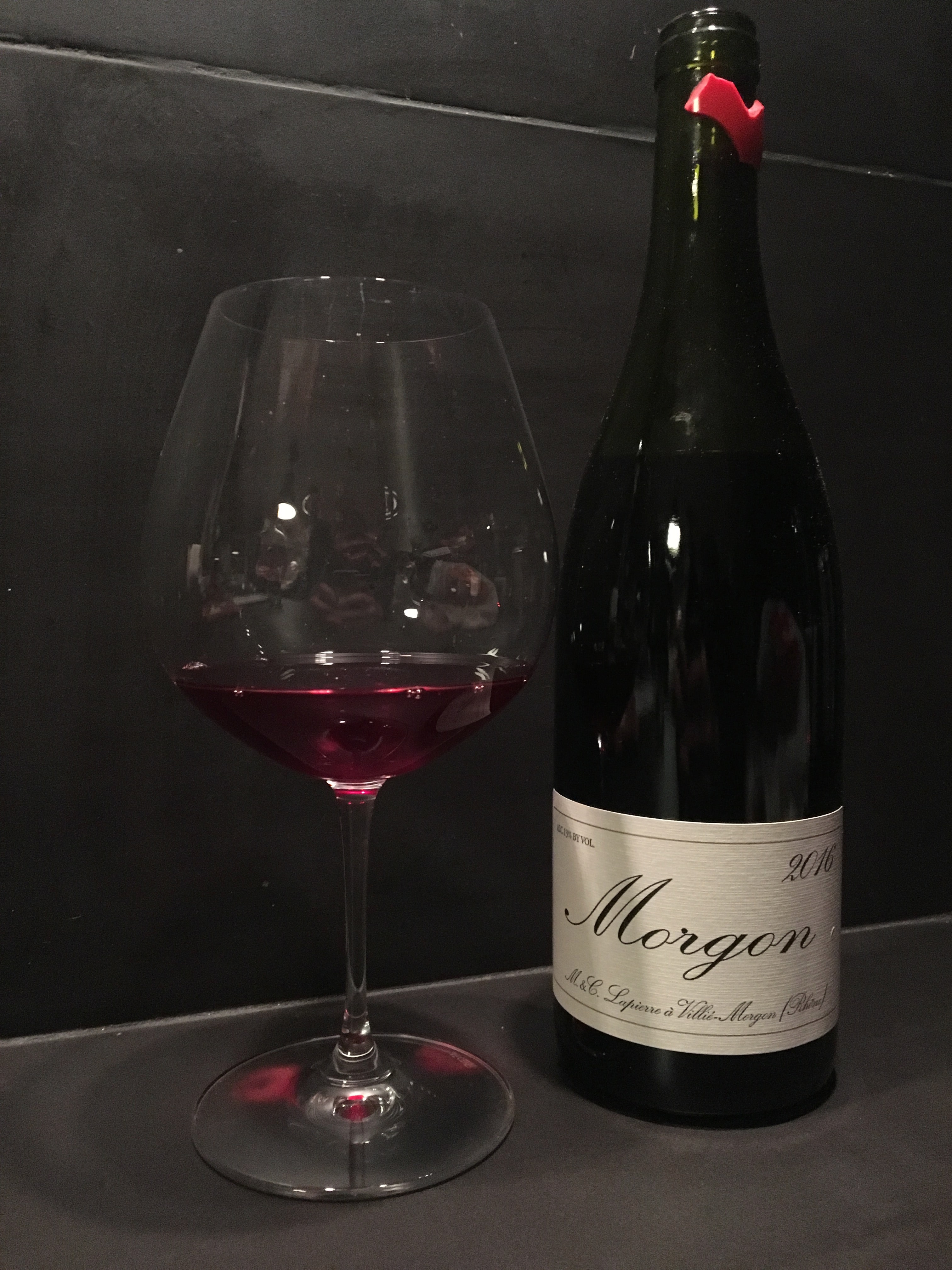
III – La renaissance du Beaujolais, royaume du Gamay
For the past years, and even the past decades, the Beaujolais has been ridding itself of its lacklustre image. The region has collected many advantages in order to deliver quality wines and restore its reputation. The Beaujolais crus were very useful in this task: Julienas, Saint-Amour, Chenas, Moulin a Vent, Fleurie, Chiroubles, Morgon, Regnie Cote de Brouilly and Brouilly. All renowned for their quality, and all made from the same grape variety: Gamay. As you’ll have noticed, no white wines share ranks with the Beaujolais’ crus. Gamay however is making a slow and steady comeback on French dining tables. In addition to these crus, which are gaining in popularity, the region boasts 2 appellations: Beaujolais Villages and Beaujolais. Winemakers from over 2700 vineyards operate within the region.
It must also be mentioned that Beaujolais is the birthplace of natural wine. This rather vague concept refers to organic winemaking, which uses very little or no sulphur. The reputable Marcel Lapierre Pioneered this vision in Villie-Morgon. We recommend his world-famous wines, particularly for their excellent quality price ratio. This ideology emerged in the late 70s and is spreading little by little all over the world. Regardless of their support for natural winemaking, anyone would agree that Mr Lapierre’s bottles are little marvels. He has several followers in the winemaker circles, notably Jean Foillard, Jean-Claude Thevenet, Guy Breton (Regnie and Morgon), Georges Descombes and Yvon Metras (Fleurie).
Overall, the organic planted surface in this wine country is less than 5%, surprisingly low compared to the rest of France where the average ranges from 8 to 12 percent.
Our very personal advices !
After several meticulous wine tastings with the team, we can confidently recommend the following domains: Marcel Lapierre at Morgon, Cédric Vincent also at Morgon and Domaine Le Père Jean on the Cote de Brouilly, where we particularly liked the cuvee parcellaire (wine from delimited vines) and the Morgon Côte de Py of Domaine de la Bonne Tonne.
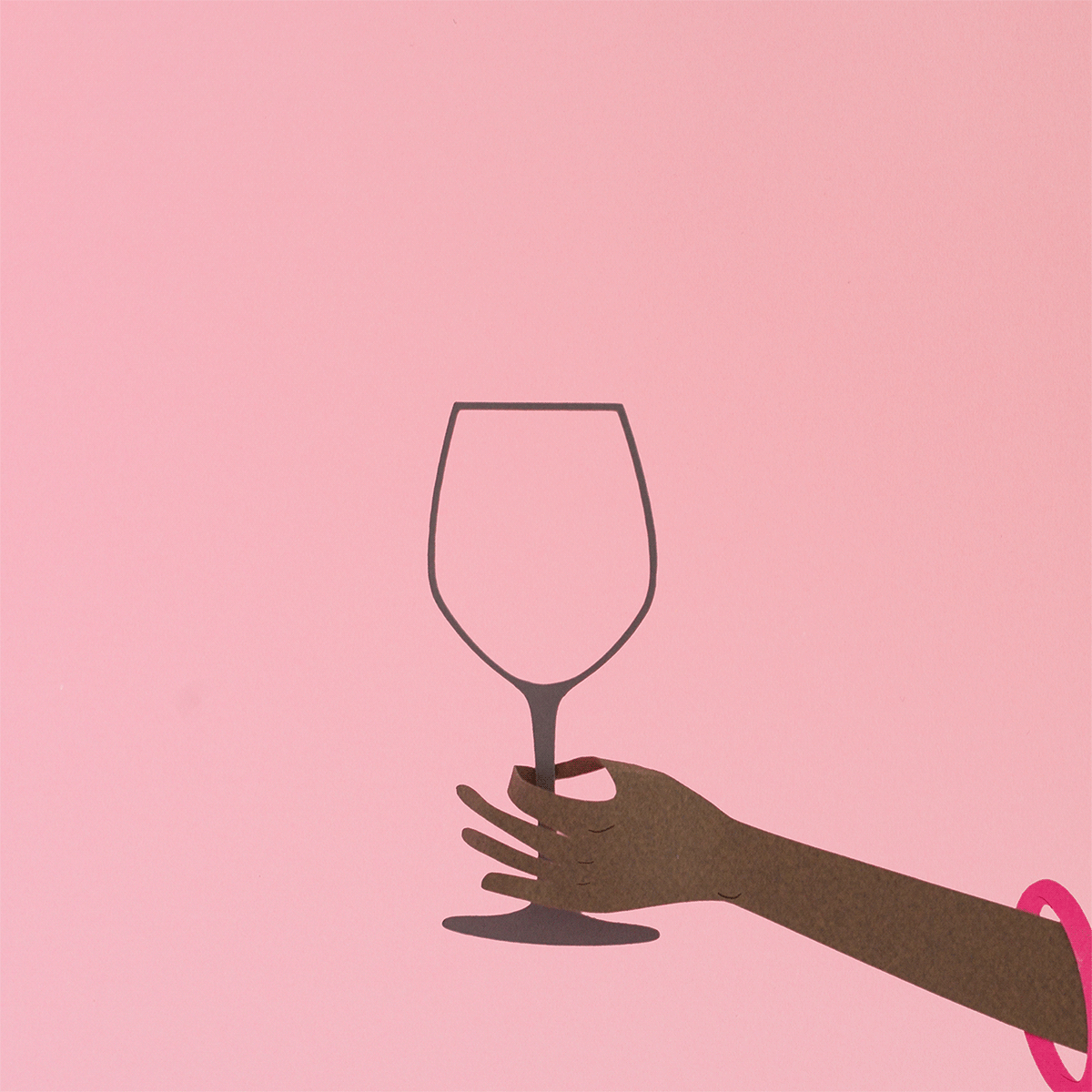
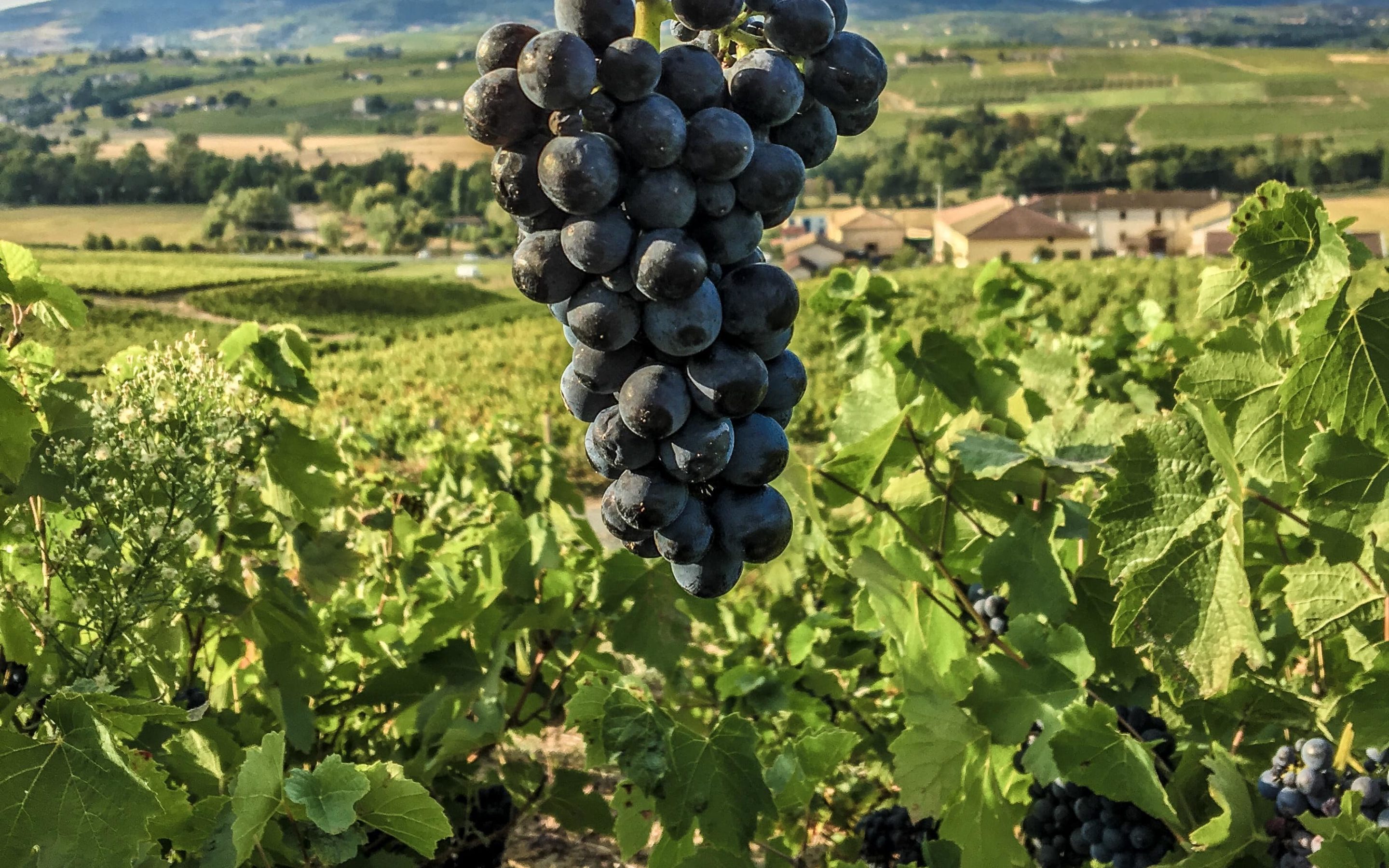
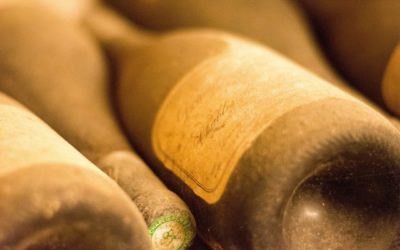
0 Comments